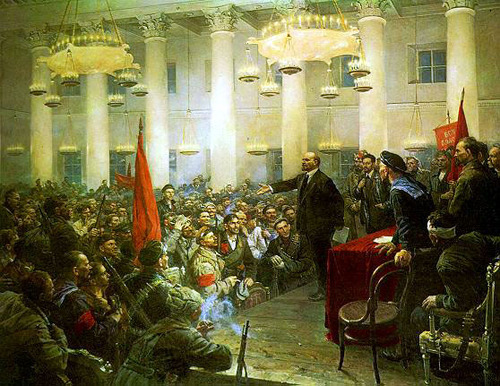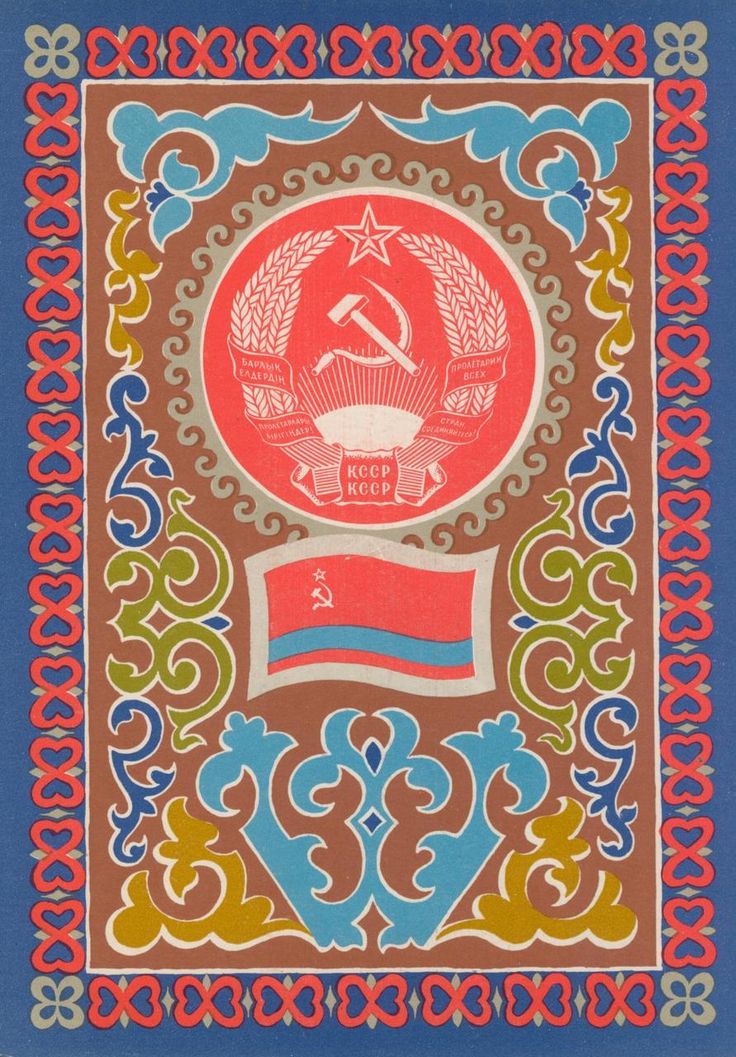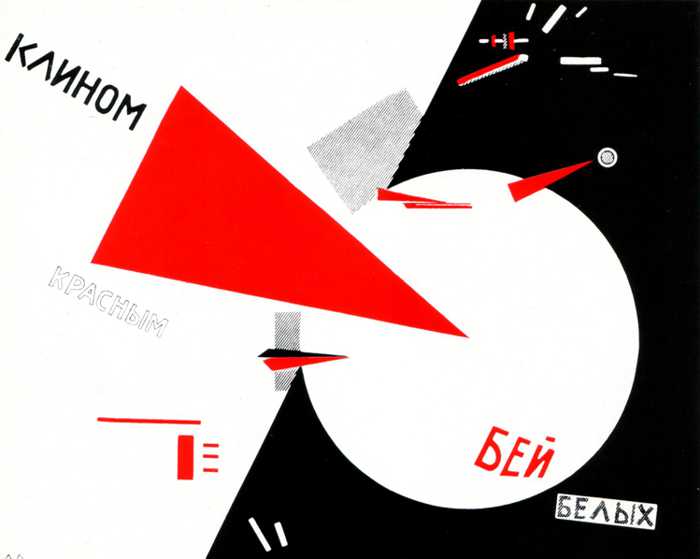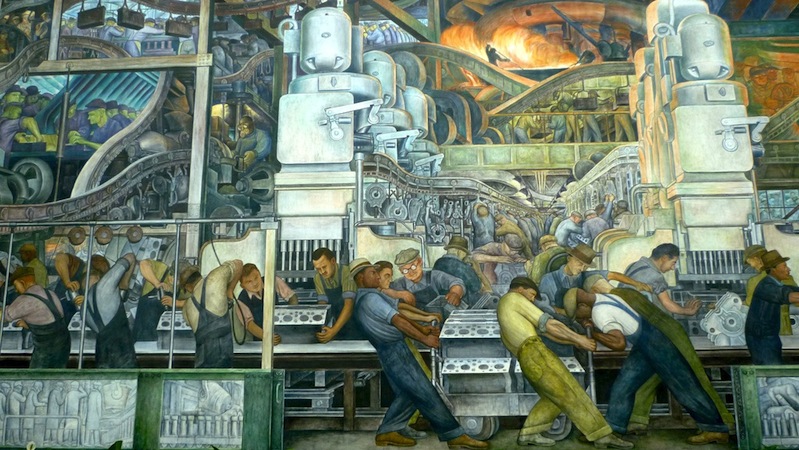Honestly, I don't know.

Wikipedia says there are only two groups that can claim the title of "Red Army Choir": MVD ensemble and the Alexandrov Ensemble. I'm guessing it's the latter one your thinking of.
it may help just to put it in a cultural context of how the Soviets viewed culture. I'm not sure that explains it given that it's been over two decades since then but it may be useful to see where it came from.

Offical attitudes in the Soviet era praised high culture a great deal, believing that it wasn't elitist because it was the common property of the people. It wasn't seen as the property of the "ruling class" because now the workers were in charge, so it was now "their" culture. They were state funded and served as part of the officially sanctioned "socialist" culture. I am under the impression that the standards for measuring culture in the USSR were very different to the west: whereas the west judges things based on how popular they are (and how they sell) the Soviets judged it by level of technical accomplishment as a measure of cultural progress. So in paintings and art, even though it often covers the same themes standards are pretty high. [They also had elite schools for people who were considered talented although teaching methods were probably very authoritarian as you'd expect.]

Culture was also embued by "socialist patriotism" which meant celebrating different cultural and national traditions (debatably one of Stalins better ideas). It was argued that without imperialism or the homogenising effects of capitalist cultural globalisation, each nation would be free to develop their own culture. I've read the USSR has been described as the "affirmative action empire" given the efforts it went to in order to overcome national oppression. This of course served a propaganda role by making people feel as if the USSR was "their" country by respecting its traditions. But Russian cultural dominance was also a major feature as well and "some cultures were more equal than others".
(Soviet post card from Kazakstan- which had a large Islamic cultural heritage)
The exception to this is the avant garde iconoclasm of the 1920's. At this point high culture was still seen as elitist and many people were experimenting with finding a distinctively "proletarian culture". Art movements like constructivism and futurism were very popular but in the 1930's culture shifted towards much more conservative tastes (blended in with some Marxist conception of culture as ideological propaganda). They called it "Socialist Realism". Abstract art was condemned as "idealist" and "bourgeois" because it wasn't an effective medium to communicate propaganda. The propaganda role of art is why you find so many Lenin statues all round Eastern Europe, as they used Lenin as an icon to represent Soviet power.
(Early soviet constructivist art)
I personally like the bronze statues in the Moscow Metro. The Metro was built in the thirties (by slave labour) based on designs from the London Underground. The soviet touch was in making them "palaces for the people". Architecture in the USSR also reflected classical styles of arches and columns from Rome and Greece. Ultimately, Soviet culture is a distinctly "odd" mix of cultural norms drawn from all over the place. The state could pick and choose based on the political symbolism of different styles.
(Bronze statues in the Moscow metro)
However, this was the ONLY culture that was allowed and so things like Jazz Music were banned as a form of American Cultural imperialism, etc. Restrictions on culture also meant banning literature that didn't toe the party line (such as "Doctor Zhivago" which dealt with the revolution and civil war period and wasn't considered pro-soviet enough, along with Orwells "1984").
It's worth briefly mentioning that Marxism had a significant cultural impact outside the USSR among intellectuals and artists as sympathisers or "fellow travellers"- so you can find communist political messages in Mexican Muralists Diego Riveras "Detroit industry" (below- which is actually in Detroit) as a Trotsky-sympathiser. Trotskyists also were involved in the Surrealist art movement (which was popular in the 1930's as people started to accept frauds their of the unconscious). However these were not restricted by the soviet censor and so were much freer.
Well, I think that's a short history of communist culture anyway.






